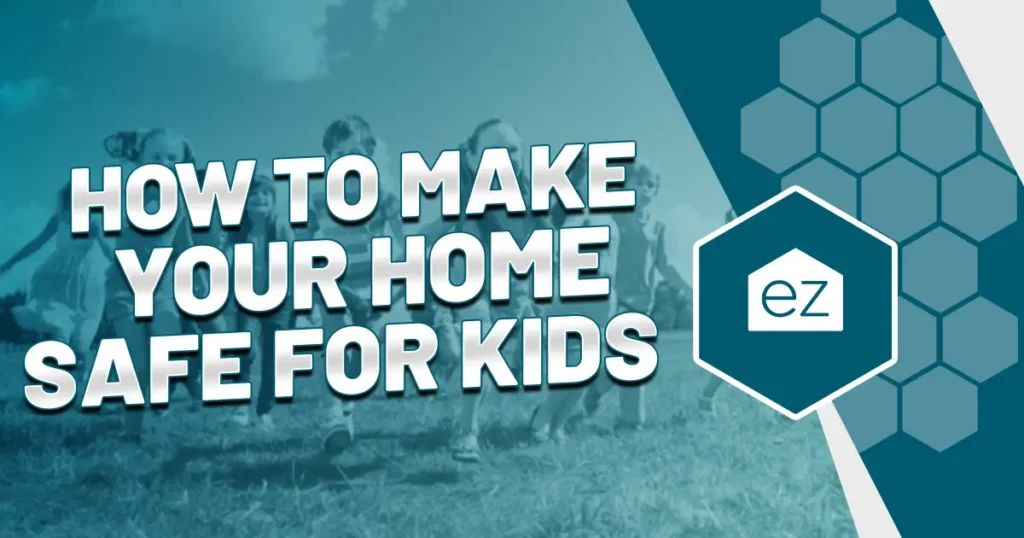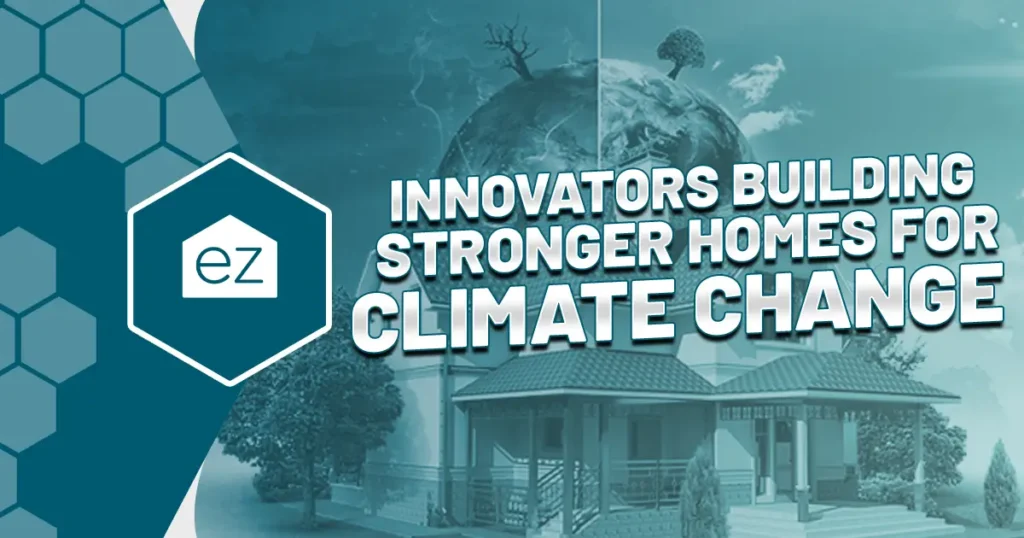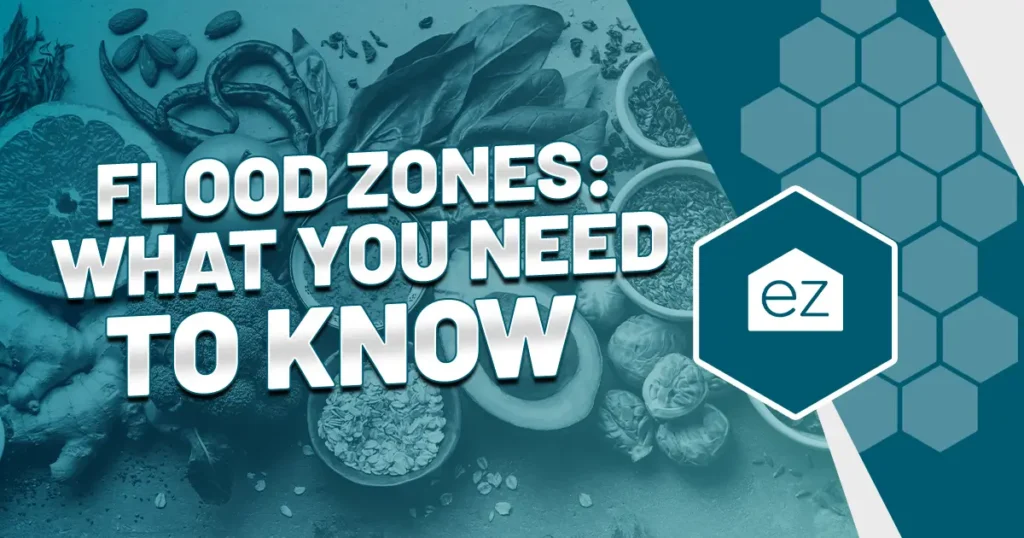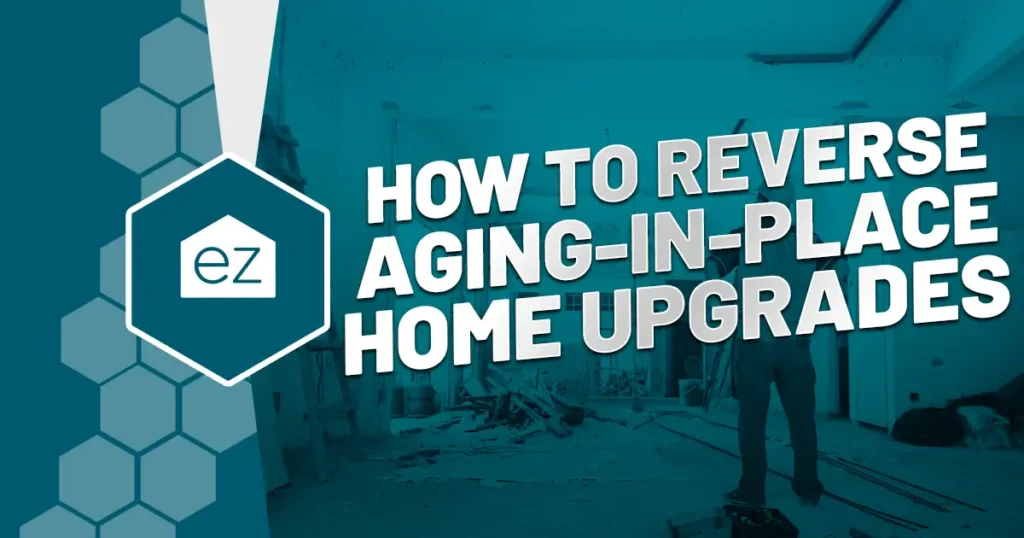How to Make a Home Hurricane Resilient
Living near the coast comes with a price; in the South, that’s often in the form of a hurricane. These storms seem to get stronger each year, causing billions of dollars worth of damage across its path of destruction. Some coastal-facing states have seen some of the most significant increases in population in the past couple of years. Homebuyers are coming to coastal areas from all over the US but quickly learn to prepare for a storm to protect their real estate.
As you search for a waterfront home, you may hear talk of “hurricane-proof,” “hurricane resilient,” or “hurricane-ready” features. These help your property weather the storm better and also gain savings on your insurance bill. Learn these features and how they make your potential new home hurricane-ready.
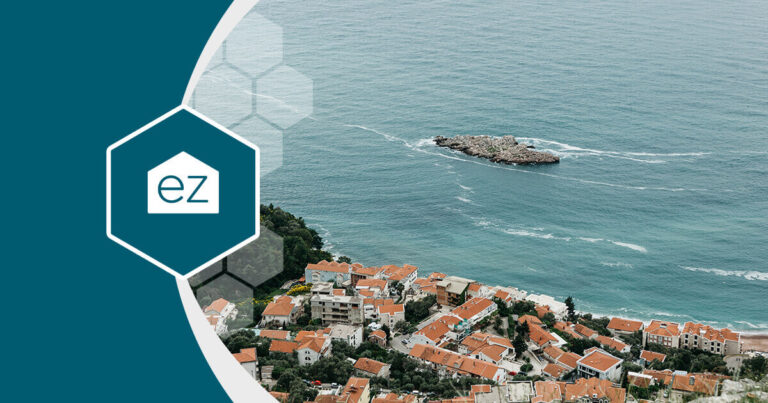
What is a hurricane?
Dealing with a hurricane is part of living on or near the coast. The National Ocean and Atmospheric Administration (NOAA) defines a hurricane as a storm that forms over tropical or subtropical waters. These forces of mother nature are rated in a category system from 1 to 5. They can develop in the Atlantic or the Gulf of Mexico. When they encounter land, impacts include high sustained winds, heavy rains, storm surge, and tornadoes.
Hurricane season starts each year on June 1 and lasts until November 30, but storms can form earlier or after these dates. With some research, you can buy a home to plan to add features that optimize your preparedness.
Determining essential hurricane features in a home
Florida, Texas, and South Carolina are just a few of the fastest-growing states in the country. Homebuyers in all Atlantic and Gulf coastal states should know what hurricane features to look for when searching for a property to buy. Securing property before a storm can prevent additional damage and insurance claims while helping keep you and your loved ones safe during a storm.
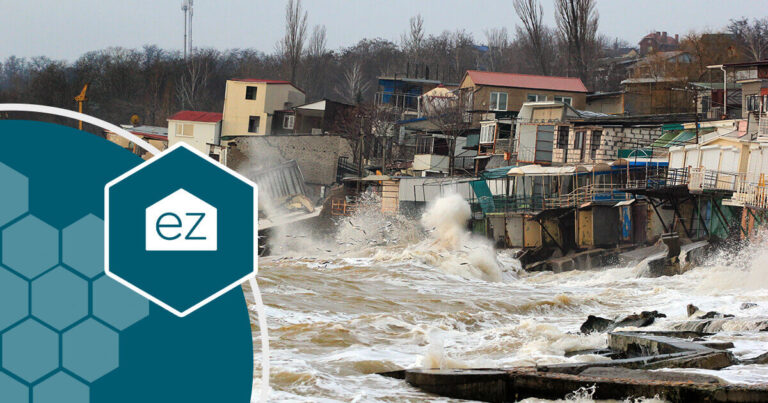
Here are some features, both add-on and planned in construction, that make a home more hurricane resilient.
Hurricane shutters
Did you know hurricanes can carry wind gusts of more than 140 miles per hour? That’s why flying debris is one of a powerful hurricane’s most dangerous and destructive parts. Hurricane shutters prevent projectiles from smashing into your windows during the storm, preventing further damage to the interior of your property.
When you are looking to buy a new home, keep an eye out for installed hurricane shutters. These are measured out to individual windows and usually included in a property’s sale.
Hurricane shutters come in different options:
Automatic Roll Down Shutters
These motorized shutters are made of either PVC or metal louvers and are pre-installed on top of each window of your home. These can be convenient to use since they are operated by the flip of a switch. The shutters roll down a set of tracks and lock at the very bottom.
Roll-down shutters take up less space, are always at the ready, and can also be used to secure your home when you’re away for travel.
But, they are made of a more flexible material. Larger windows are reinforced with metal bars to enhance the roll-down shutter’s sturdiness. NOAA estimates these cost anywhere from $20 to $25 per square foot.
Removable shutters
Some owners prefer removable shutters that can quickly come off when no storms are approaching their area. Removable hurricane shutters are large sheets of metal that have been pre-measured to fit over the home’s windows. They are secured by screws.
These shutters come in multiple options, from clear to solid color, and materials, aluminum and steel. Aluminum hurricane panels are lighter than steel panels.
Depending on your area, these can be cheaper than many other types of shutters, ranging from $7 to $15 a square foot. On the downside, they’ll need to be stored somewhere when not in use and can take two or more people to put on and off before a storm.
Accordion shutters
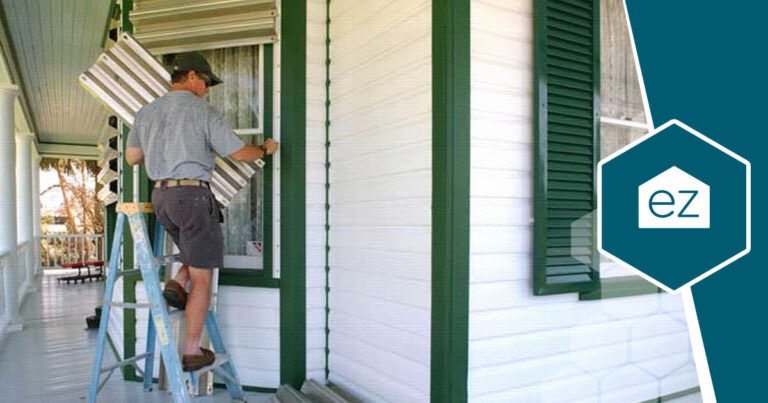
Similar to standard shutters, what differentiates accordion shutters is they are pre-installed in your windows. Instead of having to screw in panels each time a storm threatens, the accordion shutters sit pressed together on either side of each window or door.
Property owners simply pull either side to the center to close them until they hear the lock snap. This option works well for households with older adults or someone who cannot carry much weight.
As a bonus, although a bit pricier, upper-floor windows can choose to have accordion shutters that close from the inside. This is ideal for residents who live in condominiums or an upper floor without impact windows or access to a ladder to close the shutters from the outside.
Accordion hurricane shutters are more expensive than standard panels. However, they are still more affordable than installing impact windows, ranging from $15-$25 per square foot.
Bahama shutters
Seen in some older homes across some parts of the southern states, Bahama shutters work to protect from storms but also as a shade awning. These are pre-installed on the top of windows and left at an angle when unused. When there is a storm, property owners release a mechanism and make it flat against the window they cover.
Similar to accordion shutters, prices per square foot for Bahama shutters run from $15 to $20.
Awning shutters
Awnings shutters work similarly to Bahama shutters, held with supports and flattened against the window during a hurricane. These awnings serve a decorative purpose and provide shade to the windows for improved energy efficiency. They range from $15 to $20 per square foot.
Impact windows
When you read a home’s features, you may see the term “impact windows.” For a permanent yet seamless look, impact windows are made with reinforced glass and frames that won’t shatter if struck in high winds. Because of its multiple layering, it also has thermal energy reduction properties. It adds security to your home, as axes or hammers can’t smash them.
Impact windows have no extra installations needed. From the outside, they look no different than a standard double-pane window.
Cities, counties, and states may have ordinances for removing shutters before or after a storm. You usually cannot simply choose to leave them on all season long. That’s another reason why impact windows are convenient.
Power Generator
Losing power can create considerable inconveniences and lead to food spoiling, cold showers, and a lack of AC during sweltering summer days.
That’s why some homeowners have used generators after the storm, with some eschewing gas and batteries to install permanent generators. Determining the kind of generator you need for your home depends on:
- How many bedrooms and baths?
- What appliances need to be powered, and for how long?
- Are there any medical devices that require power during an outage?
Homeowners can determine a generator’s size by adding the total wattage they need to power appliances and electronics.
Four models of generator can produce electricity to power your home (measured in wattage):
Recreational inverter
Small and efficient, the recreational inverter covers your basics. They provide the minimum needed to power basic electronics and appliances. It provides a maximum of 2,000 watts, enough to power the refrigerator and some lights and charge your cell phone.
Midsized inverter
Keep your essential electronics running when you choose a midsized inverter. The midsized inverter models provide the same as recreational inverters but can power up to 3,500 watts. It can power home security systems, laptops, multiple lights, a toaster oven, a space heater, or a coffee maker.
Large inverter
You can put your grill away when you buy a large inverter generator. The large inverter can produce up to 7,500 watts, powering well pumps, sump pumps, and gas furnaces. A higher amount of wattage can run the dishwasher or an electric range.
Home standby
Out of these four options, the home standby system is the only model that can power everything under your roof. It produces up to 20,000 watts. Smaller generator models must stay in the garage until the storm passes. However, the home standby system sits like the air compressor outside your property. These models are affixed permanently to the property and fit inside a case for protection from debris and projectiles.
Reinforced roofing
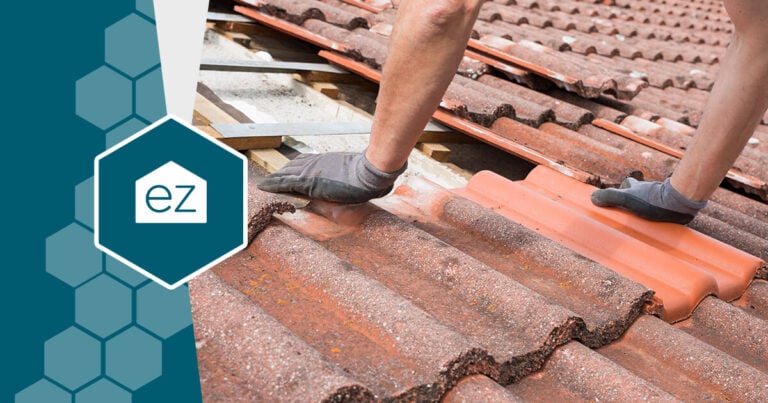
Prevent further damage to your property by reinforcing your roof. Wind gusts during a hurricane come with uplifting forces that lift your roof off your house. However, metal roof reinforcements can help prevent damage to your roof and entire housing envelope by keeping the main structure from peeling away.
Some owners are choosing to replace their roofs with hurricane-resistant roof types. One of the most popular is a metal roof. These roofs can tolerate winds up to 140 miles per hour and last up to 50 years.
Architectural shingles are another option many residents consider when reinforcing their roofs. These shingles are heavier than the standard ones and can last 20 -30 years.
Stilt construction
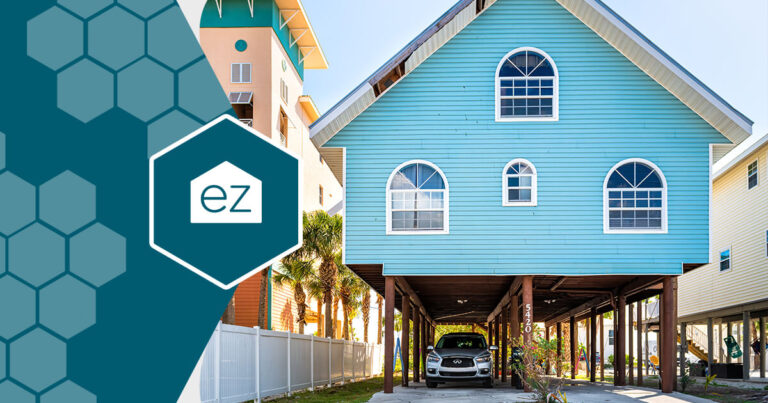
Stilt construction is popular in coastal areas prone to flooding, like the Florida Keys. In some coastal areas, this type of construction is now required by local codes. The exact height differs by local ordinances and is often based on projected flood maps.
These homes can easily stand 10 feet above the ground with solid steel or concrete posts supporting the structure. During a storm, they allow flood waters to pass under without compromising the integrity of the home’s construction.
These homes have added benefits, like beautiful views, protection from intruders, and the additional under-space that can be converted into a garage, porch, or storage.
Reinforced doors
People often think about protecting their windows, but what about doors? Strong winds can blow your door in, allowing water, debris, and possible projectiles to enter the home.
Impact doors—like impact windows—are recommended for those who live in coastal areas. These doors can tolerate direct hits from projectiles, winds, and rain during storm-like conditions. They often look like patio doors and contain large pieces of tempered glass encased by vinyl or an aluminum frame.
Hurricane-proof your home
Coastal residents face hurricane threats yearly, but that’s the trade-off for those beautiful sunrises and prime access to the waterfront. Investing in real estate that is already prepared for a storm is another way to mitigate some risk and protect yourself and your home value. That’s why many coastal community homes include these hurricane home features, especially the newer ones. Be on the lookout for these as you search for your dream waterfront home.
Start Your Home Search
Preston Guyton
Share this Post
Related Articles
Home Safety
How to Make Your Home Safe For Kids
Home Safety
Flood Zones: What You Need to Know
Home Safety
